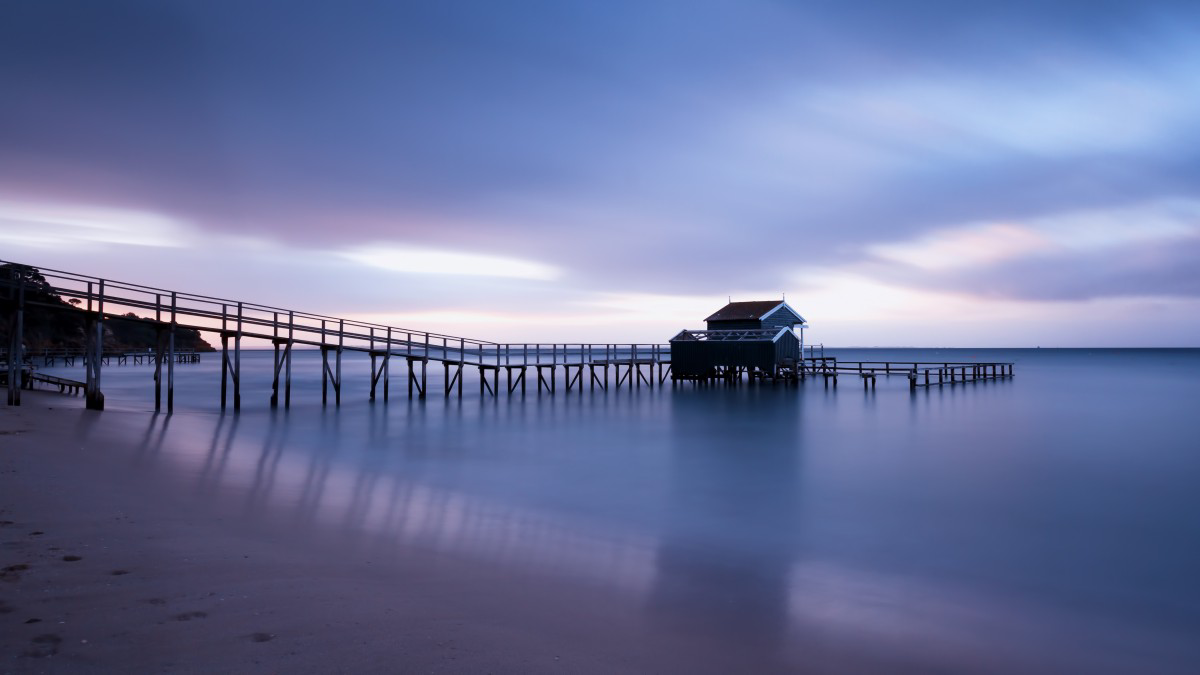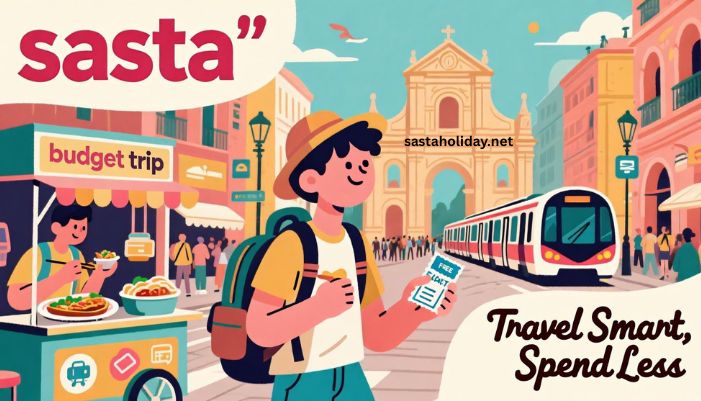Traveling doesn’t need to be expensive. You can enjoy new places, meet people, and eat great food without spending a lot. All you need is a simple plan and smart choices. This guide will help you take a budget trip sasta. That means a cheap trip that still feels fun, safe, and full of memories.
What Is a Budget Trip Sasta?
The word “sasta” means cheap or low cost. A budget trip sasta is a trip where you spend less but still have a good time. You do not pay for things you don’t need. You choose smart options that give you more value for your money.
1. Pick Cheaper Places to Visit
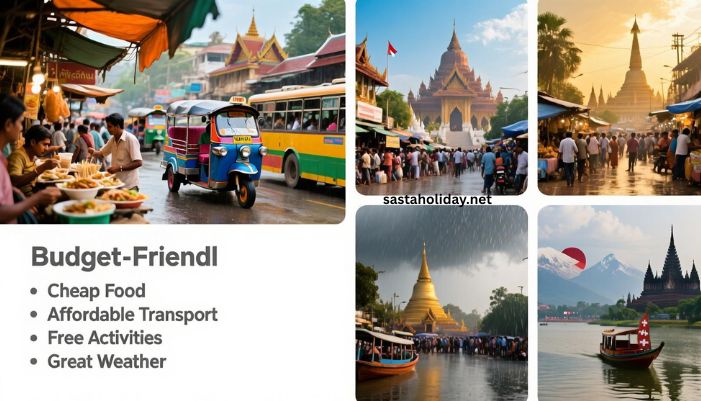
Some countries and cities cost less than others. If you want a cheap trip, go where your money goes further.
Low-cost travel places include:
-
India
-
Vietnam
-
Nepal
-
Indonesia
-
Sri Lanka
-
Thailand
-
Cambodia
Why these places?
-
Food is cheap
-
Public transport is easy
-
Many free or low-cost things to do
-
Good weather most of the year
Avoid very expensive places like Norway, Switzerland, or Japan if you are on a tight budget.
2. Avoid Peak Travel Times
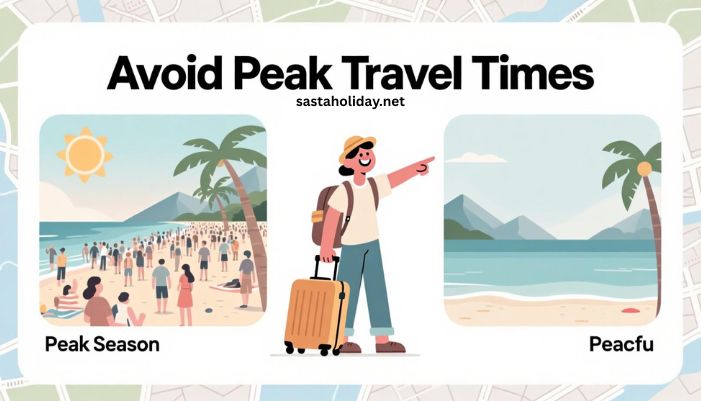
Traveling during holidays, festivals, or school breaks costs more. Plan your trip during the off-season. This means fewer tourists, cheaper hotels, and better deals.
Examples:
-
Visit Goa in July instead of December
-
Go to Manali in October instead of May
-
Travel to Thailand in June instead of January
In off-season months, you get the same views and beaches without big crowds or big bills.
3. Book the Right Flights
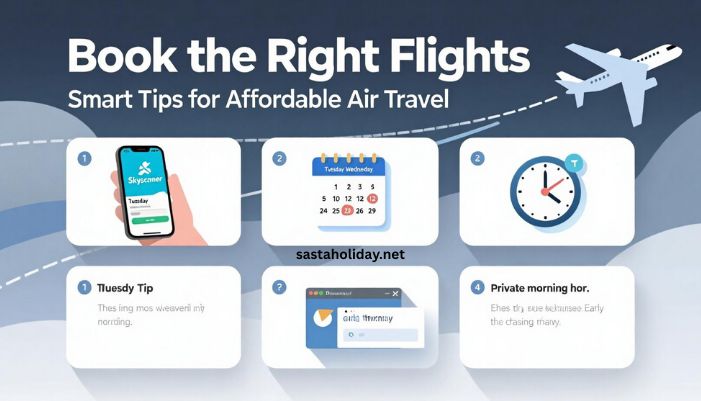
Flight tickets can take up most of your money. Save more with these tips:
-
Use apps like Skyscanner or Google Flights
-
Book your ticket early
-
Travel on weekdays (Tuesday or Wednesday is best)
-
Use private browsing mode
-
Be flexible with your dates and times
Try to travel at night or early morning. These flights are often cheaper.
4. Stay in Hostels or Guesthouses
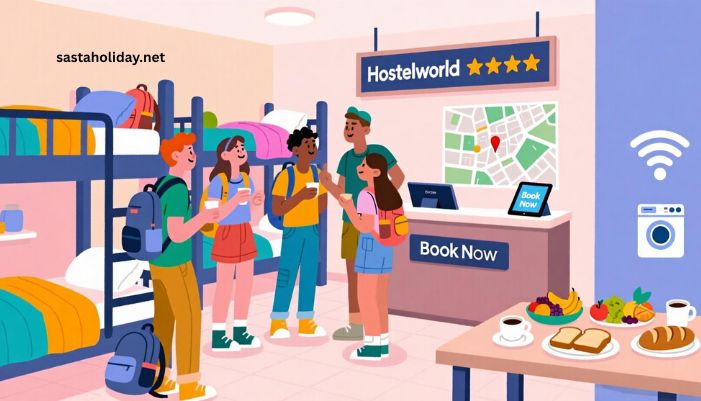
You do not need a hotel. Hostels and guesthouses are cheap and safe. You can meet other travelers there too.
Other good stay options:
-
Homestays (you stay with a local family)
-
Budget lodges
-
Shared rooms
-
Dorm beds
Check reviews on Hostelworld, Booking.com, or Google before you book. Look for free breakfast, Wi-Fi, or laundry.
5. Travel by Bus or Train
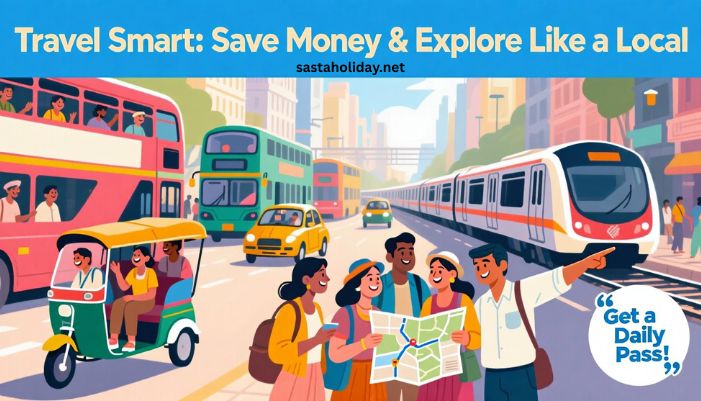
Avoid taxis and rental cars. They cost more. Use buses, metros, rickshaws, or shared autos.
Why use public transport?
-
Very cheap
-
Safe during the day
-
A fun way to see the city
-
Local people can help you
In some cities, get a daily or weekly pass for buses or trains. It saves money.
6. Eat Local Food
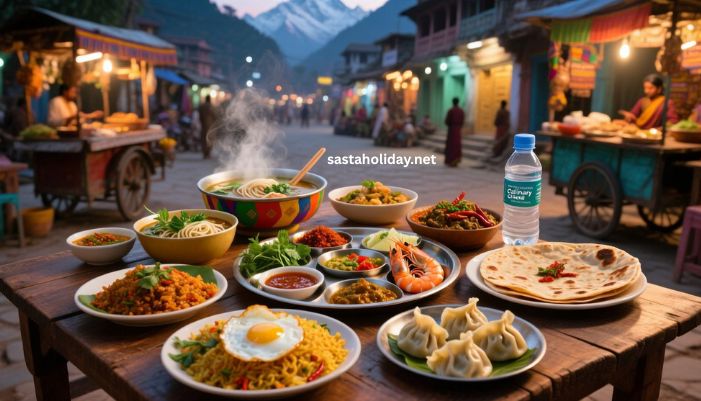
Local food is tasty and cheap. Don’t go to fancy restaurants in tourist spots. Try small shops, dhabas, and street food stalls.
Cheap and good food ideas:
-
Thali meals in India
-
Pho in Vietnam
-
Nasi Goreng in Indonesia
-
Roti and sabzi in Nepal
-
Momos in hill towns
Drink water from a clean bottle. Carry your own refillable water bottle to save more.
7. Pick Simple Activities
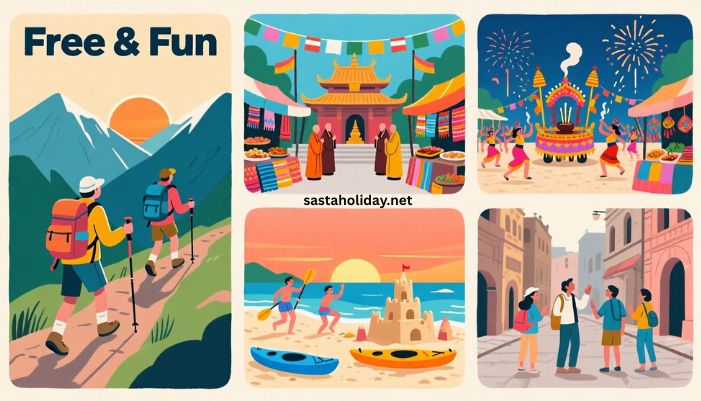
Some things are free and still fun. You do not need to pay for every tour or ticket.
Free or low-cost ideas:
-
Hiking
-
Street markets
-
Temples and churches
-
Local festivals
-
Beaches and rivers
-
Free walking tours in cities
Always check if the place you want to visit has an entry fee. If yes, ask yourself: is it worth it?
8. Pack Light
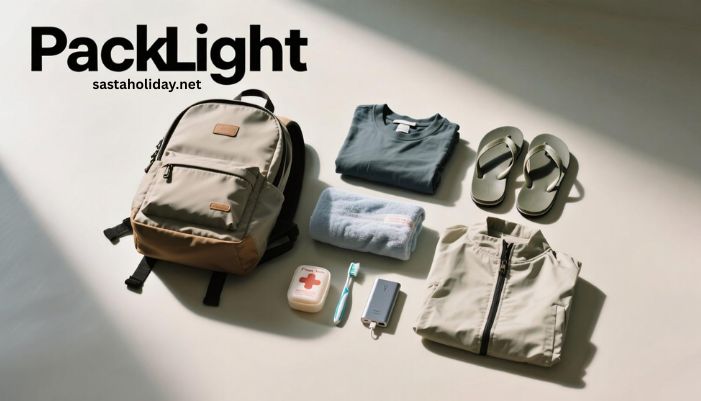
Carry only what you need. Extra bags mean extra charges. You also move slower.
What to pack:
-
Two pairs of clothes
-
Flip-flops or walking shoes
-
Small towel
-
Toothbrush and soap
-
Power bank
-
Light jacket
-
Medicine and first-aid
Use a small backpack if you can. This helps you save money on flights and buses.
9. Use a Travel or Forex Card
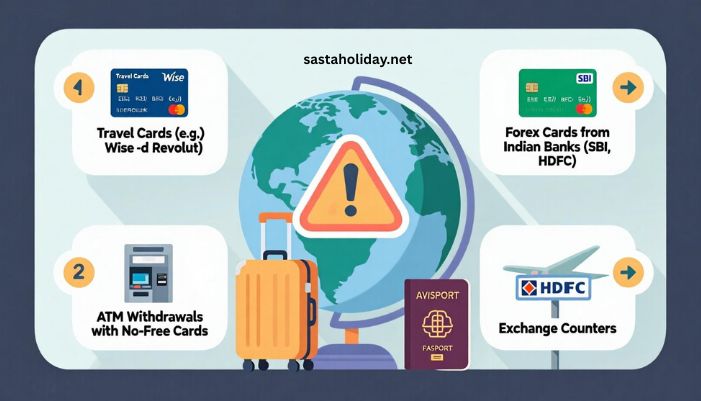
Do not exchange money at airports. They give poor rates.
Better options:
-
Travel cards (like Wise or Revolut)
-
Forex cards from Indian banks (SBI, HDFC)
-
ATM withdrawals in the local country (use a no-fee card)
Always check fees before using your card abroad.
10. Don’t Plan Too Much
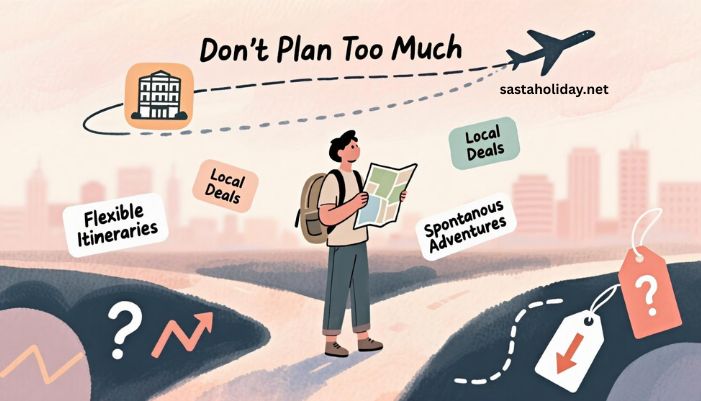
Book your flight and your first stay. Keep the rest flexible. You may find better deals after you reach.
Some tours are cheaper when booked locally. Local transport is also easier and cheaper in person.
Planning every day can lead to extra costs. Stay open to change.
11. Travel With Friends

If you travel in a group, you can share costs. You save on rooms, taxis, and food.
But be careful:
Travel only with people who like the same style. If you want to eat street food but they want restaurants, your costs will go up.
12. Avoid Roaming Charges

Turn off mobile data if your plan does not cover roaming.
Here’s what to do instead:
-
Use free Wi-Fi at cafes and hostels
-
Download Google Maps for offline use
-
Use WhatsApp, Telegram, or Signal
-
Buy a local SIM card if staying long
Most airports sell local SIMs. Bring a phone that can use other networks.
13. Learn to Bargain
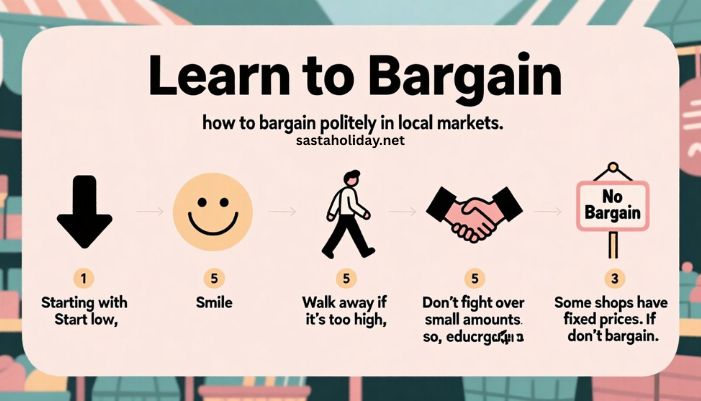
If you shop in local markets, you can ask for lower prices. But be polite.
How to do it:
-
Start low
-
Smile
-
Walk away if it’s too high
-
Don’t fight over small amounts
Some shops have fixed prices. If so, don’t bargain.
14. Use Free Travel Apps
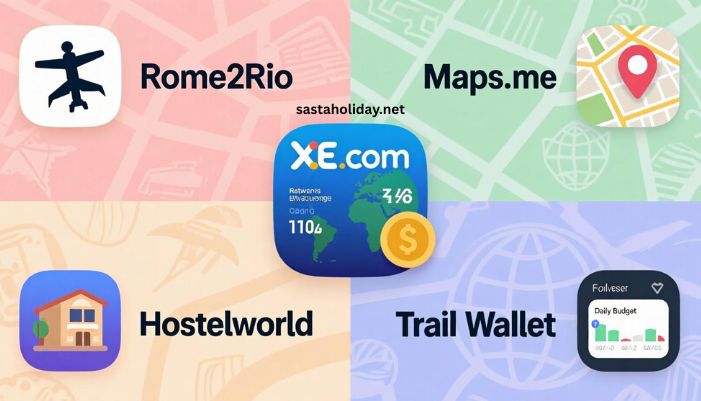
Apps can save you money and time. Many are free and easy to use.
Try these:
-
Rome2Rio for transport
-
Maps.me for offline maps
-
Hostelworld for cheap places to stay
-
Trail Wallet to track spending
-
Xe.com for exchange rates
Use them before and during your trip.
15. Track Your Spending
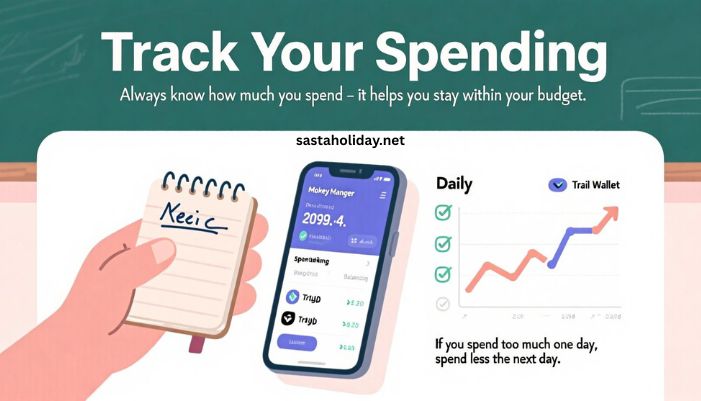
Always know how much you spend. This helps you stay within your budget.
How to do it:
-
Set a daily limit
-
Use a small notebook
-
Or try apps like Money Manager or Trail Wallet
If you spend too much on one day, spend less the next day. It’s that simple.
Conclusion
You don’t need a big budget to enjoy a trip. You need a smart plan and a clear goal. A budget trip sasta helps you focus on what matters most — the people, the culture, the food, and the moments.
Travel light, spend wisely, and take your time. You’ll come back with better stories, not bigger bills.
FAQs
Q: What is the best time for a budget trip?
Travel in the off-season. Flights and hotels are cheaper. There are fewer crowds too.
Q: Can I travel on a small budget like ₹500 a day?
Yes. If you stay in a hostel, eat local food, and use buses, it’s possible.
Q: Is street food safe?
Yes, if it’s fresh and busy. Watch where locals eat. Avoid stalls with old food.
Q: How can I find cheap hotels or hostels?
Use apps like Booking.com, Hostelworld, or Google. Read reviews before booking.
Q: Do I need to book everything in advance?
No. Book your flight and your first stay. You can find other deals when you arrive.

